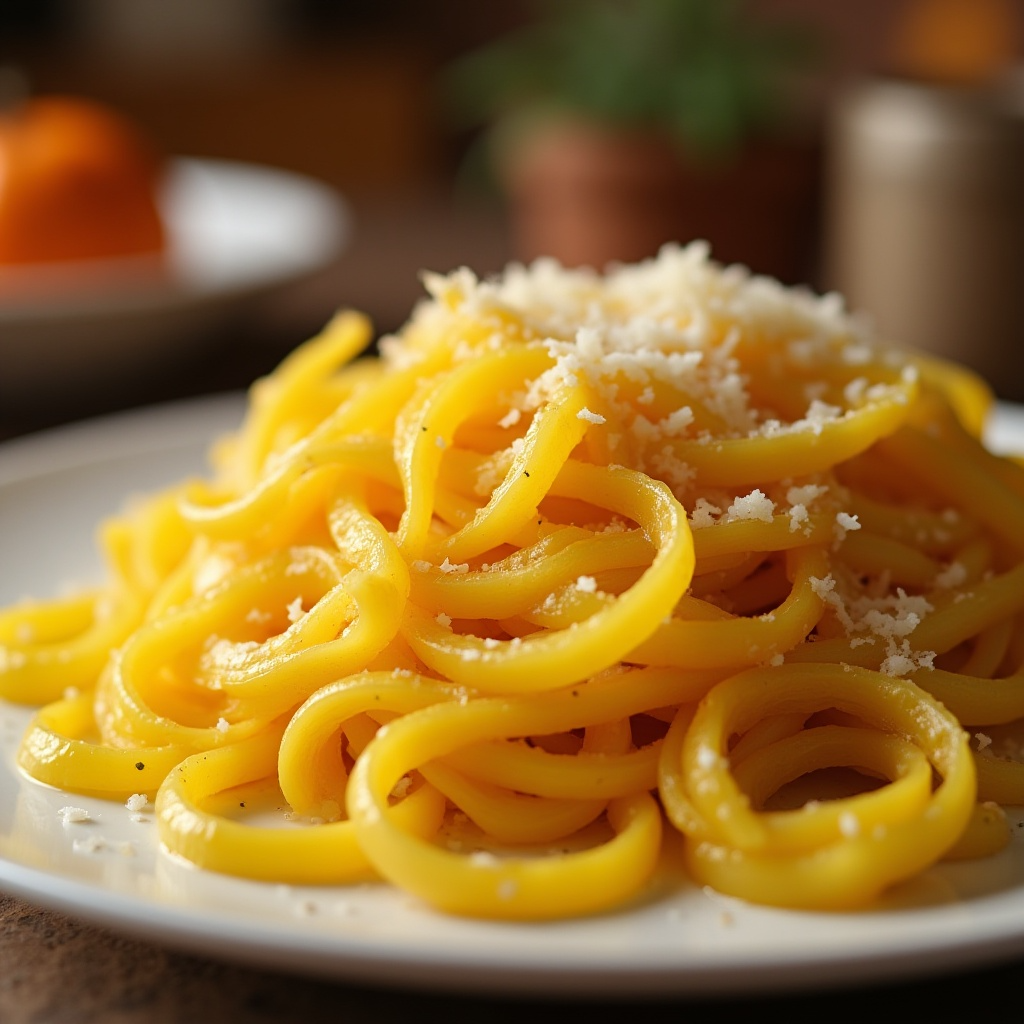- HUMOR
The 40 Very Best Orphan Jokes


Roasted spaghetti squash is a versatile and nutritious ingredient that has gained popularity among home cooks and health enthusiasts alike. Its unique texture and mild flavor make it an excellent substitute for traditional pasta, offering a low-carb and gluten-free alternative. Whether you’re looking to incorporate more vegetables into your diet or searching for new meal prep ideas, mastering the art of roasting spaghetti squash can open up a world of culinary possibilities. This guide will walk you through the essentials of preparing, storing, and reheating roasted spaghetti squash, ensuring that you can enjoy its deliciousness to the fullest.

Roasted spaghetti squash has a delicate, slightly sweet flavor that pairs well with a variety of seasonings and sauces. Its stringy flesh, when cooked, resembles strands of spaghetti, making it an excellent vehicle for absorbing flavors. The squash’s mild taste allows it to complement both robust and subtle ingredients, making it a versatile addition to any meal.
Serving suggestions for roasted spaghetti squash include tossing it with olive oil, garlic, and fresh herbs for a simple dish, or pairing it with marinara sauce and Parmesan cheese for a classic Italian twist. It can also be used as a base for stir-fries, salads, or even as a topping for pizzas. The possibilities are endless, limited only by your imagination and culinary creativity.
To achieve perfectly roasted spaghetti squash, having the right equipment is crucial. Here is a list of essential tools you’ll need:
Roasting spaghetti squash is a straightforward process, but attention to detail can make all the difference. Follow these steps for a perfectly cooked squash:

Even seasoned cooks can encounter issues when roasting spaghetti squash. Here are some common mistakes and how to avoid them:
Proper storage is essential to maintain the quality of roasted spaghetti squash. After roasting, allow the squash to cool completely before transferring it to an airtight container. It can be stored in the refrigerator for up to five days. For meal prep enthusiasts, portioning the squash into individual servings can make it easier to grab and go for quick meals throughout the week.
Freezing roasted spaghetti squash is an excellent way to extend its shelf life. To freeze, portion the cooled squash into freezer-safe bags or containers, removing as much air as possible to prevent freezer burn. Label and date the containers before placing them in the freezer. Roasted spaghetti squash can be frozen for up to three months. When you’re ready to use it, thaw the squash in the refrigerator overnight before reheating.

Reheating roasted spaghetti squash can be done in several ways, each preserving its texture and flavor:

Enhancing the flavor of roasted spaghetti squash can elevate it from a simple side dish to a star of the meal. Here are five recipe variations to try:
Spaghetti squash is not only delicious but also packed with nutritional benefits. It’s low in calories and carbohydrates, making it an ideal choice for those looking to manage their weight or reduce carb intake. Rich in vitamins A and C, spaghetti squash supports immune function and skin health. It also provides dietary fiber, promoting digestive health and keeping you feeling full longer. Incorporating spaghetti squash into your diet can contribute to an overall balanced and nutritious eating plan.
Leftover roasted spaghetti squash can be a versatile ingredient for creating new dishes. Consider using it as a filling for omelets or frittatas, adding it to soups for extra texture, or incorporating it into casseroles for added nutrition. The mild flavor of the squash allows it to blend seamlessly into various recipes, making it a valuable component for reducing food waste and maximizing meal creativity.